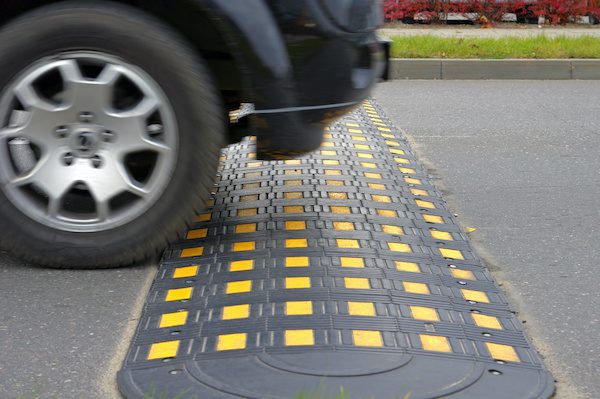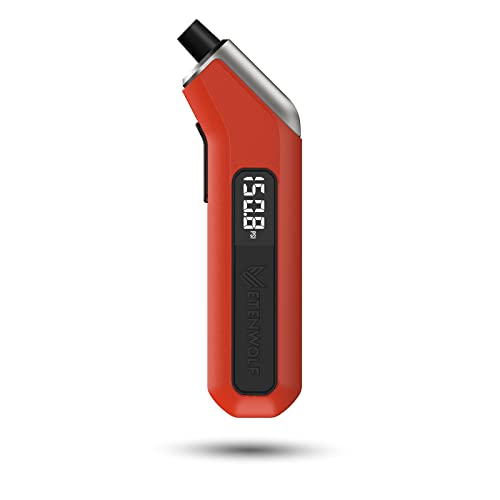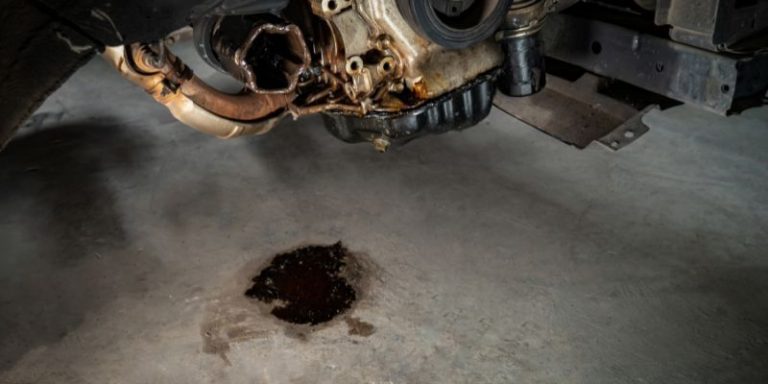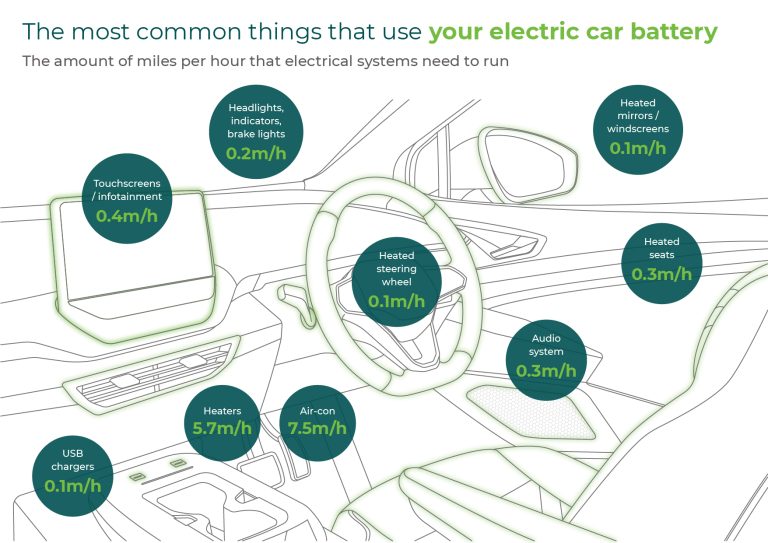Does Going Over Speed Bumps Hurt Your Car: Discover Truth
Yes, speed bumps can damage your car. The impact varies with speed and vehicle type.
Speed bumps are common on roads today. They ensure drivers slow down, enhancing safety. But, frequent encounters with speed bumps might concern car owners. Does your car suffer damage from these obstacles? Understanding how speed bumps affect your car is crucial.
Speed bumps are designed to reduce speed. They are effective in controlling traffic, but they can impact your car’s suspension and alignment. Driving too fast over them can cause wear and tear. Tires, shocks, and even the undercarriage might suffer. Knowing how to navigate these bumps safely can save money on repairs. With proper driving techniques, you can protect your vehicle from unnecessary harm. Stay informed and keep your car in top condition.
Impact Of Speed Bumps On Vehicles
Speed bumps can cause harm to cars. Fast driving over bumps may damage the car’s suspension system. The tires can also wear down quicker. Brakes might suffer too, needing early repair. Exhaust pipes can scrape the ground. This causes scratches or dents. The car’s alignment might shift. This leads to uneven tire wear. Driving slowly is safer. It reduces damage risk.
Many people believe speed bumps are harmless. Some think they only slow cars. Others assume cars handle bumps well. But these ideas are not true. Fast driving over bumps is risky. It can cause several issues. Damage can be costly. Repairs may be needed sooner. Speed bumps do more than slow down cars. They can affect vehicle parts.
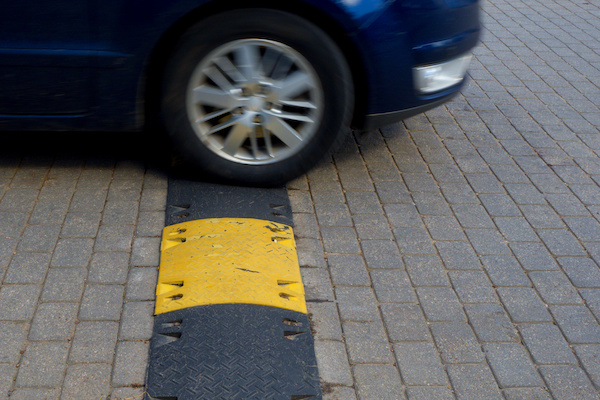
Credit: www.germanmotorworksnashville.com
Effects On Suspension System
Speed bumps can cause wear and tear on your car. The suspension system feels this most. It absorbs the bump’s impact. Over time, parts may wear out. Shocks and struts might lose their strength. This can make rides bumpy. Regular checks help catch these issues early.
Signs of damage can be easy to spot. Look for uneven tire wear. Listen for strange noises. A squeaking sound is common. The car might pull to one side. Bouncing more than usual? This is a warning. Always pay attention to these signs. They mean your suspension needs care.
Influence On Tires And Wheels
Speed bumps can cause tire alignment problems. Your car’s tires may not point straight. This makes driving harder and can wear tires faster. Misaligned tires also affect fuel efficiency. You might need to visit a mechanic to fix it.
Going too fast over speed bumps can damage wheels. Wheels may become bent or cracked. This leads to vibrations while driving. Bent wheels might cause uneven tire wear too. It’s crucial to drive slowly over bumps to avoid these issues.

Credit: www.theautopian.com
Brake System Concerns
Speed bumps can cause extra wear on brake pads. Every bump needs braking. This means more friction and heat. Brake pads wear down faster. You might need to change them more often. It costs more money. It can also mean less safety. Worn pads don’t stop well. This is a big concern for drivers.
Going over bumps can lead to extra maintenance. Parts may wear out quicker. Suspensions might need checks. Tires face extra stress. Costs rise due to frequent repairs. More visits to the mechanic. This can be tiring and expensive. Regular checks are needed. Keep your car safe and running well.
Potential For Underbody Damage
The exhaust system is under your car. It can get damaged by speed bumps. Scraping happens if the car is too low. This can break parts of the exhaust. A broken exhaust can make your car noisy. It may also cause pollution. Check your car height to avoid this. Drive slowly over bumps.
The oil pan holds engine oil. It is important for car health. Speed bumps can dent or crack the oil pan. This causes oil to leak. Leaking oil can harm the engine. The chassis is like the car’s backbone. It can get bent by hard bumps. A bent chassis affects car driving. Always be careful with speed bumps. It keeps your car safe.

Credit: www.reddit.com
Driving Techniques For Minimizing Damage
Speed bumps can be tricky. Slow down before hitting them. Driving too fast can harm your car. Adjust your speed in advance. A steady pace keeps your car safe. Speed control is key to avoiding damage. Always watch for signs. They warn you of bumps ahead.
Sudden stops can be bad for your car. Brake softly when nearing a bump. Hard braking might cause a jolt. Gentle braking protects your car’s parts. Keep a safe distance from other cars. This helps you brake smoothly. A calm approach is best.
Long-term Effects Of Frequent Speed Bump Encounters
Frequent encounters with speed bumps can gradually impact car health. Regularly hitting speed bumps may harm the suspension and tires. Over time, these effects could lead to costly repairs and reduced vehicle performance.
Cumulative Damage
Speed bumps can cause wear and tear on car parts. The suspension system takes the most impact. It absorbs the shock from bumps. Over time, this can lead to damage.
The tires can also wear down faster. Bumps put stress on the tire tread. This can lead to uneven tire wear. Brake components may suffer too. Frequent stops and starts can cause brake pads to wear out.
Impact On Car Longevity
Regularly hitting speed bumps can affect a car’s life. Parts like shocks and struts can wear out. This can mean more frequent repairs. The car’s frame might also suffer over time.
Drivers might notice more noise from the car. This can be a sign of stress on parts. Keeping speeds low over bumps can help. This reduces the stress on the vehicle.
Preventive Measures And Maintenance Tips
Navigating speed bumps can impact your car’s suspension and alignment. Drive slowly to minimize stress on vehicle parts. Regular checks on shocks and tires ensure a smoother ride and prevent damage.
Regular Vehicle Inspections
Regular inspections are essential for your car’s health. They help spot problems early. Fixing small issues saves money. It also prevents bigger problems. A well-maintained car lasts longer. It performs better too. Always check your car’s suspension and alignment. These parts can get damaged by speed bumps. Inspect tires and brakes often. They wear out quickly. Regular oil changes keep the engine smooth. Clean air filters improve fuel efficiency. Listen to unusual noises. They might signal a problem. Keep a maintenance log. It helps track your car’s health.
Timely Repairs
Fix problems as soon as they appear. Don’t wait for them to worsen. Damaged parts can affect other parts. This leads to costly repairs. Address worn-out suspension parts quickly. They impact your car’s comfort and safety. Replace old tires. They provide better grip on the road. Check the brake system regularly. It’s vital for your safety. Never ignore dashboard warning lights. They alert you to issues needing attention. A well-maintained car is safer. It also saves you money in the long run.
Frequently Asked Questions
Does Going Over Speed Bumps Fast Damage Your Car?
Driving over speed bumps quickly can damage your car. It may harm the suspension, tires, and alignment. Always slow down to minimize impact and protect your vehicle.
Do Speed Bumps Ruin Alignment?
Speed bumps can affect alignment if driven over too quickly or frequently. They cause wear and misalignment over time. Regularly check your vehicle’s alignment for smooth driving. Proper speed and care minimize potential damage.
Can Speeding Damage Your Car?
Speeding can damage your car by increasing wear and tear on the engine, tires, and brakes. It also raises the risk of accidents, leading to potential costly repairs. Over time, excessive speeding can reduce your vehicle’s lifespan and efficiency. Always drive within speed limits to ensure safety and vehicle longevity.
Can You Sue If A Speed Bump Damages Your Car?
Yes, you can sue if a speed bump damages your car. Gather evidence of improper installation or lack of warning signs. Contact local authorities and consult a lawyer for possible legal action. Ensure your claim is valid and supported by documentation to increase your chances of success.
Conclusion
Speed bumps can impact your car’s health. Drive slowly over them. Fast driving causes more damage. Pay attention to your speed. Keep your car maintained. Regular check-ups help prevent issues. Stay mindful of road conditions. Protect your car’s longevity. Safe driving saves money on repairs.
Avoid unnecessary damage. Drive smart, drive safe.

